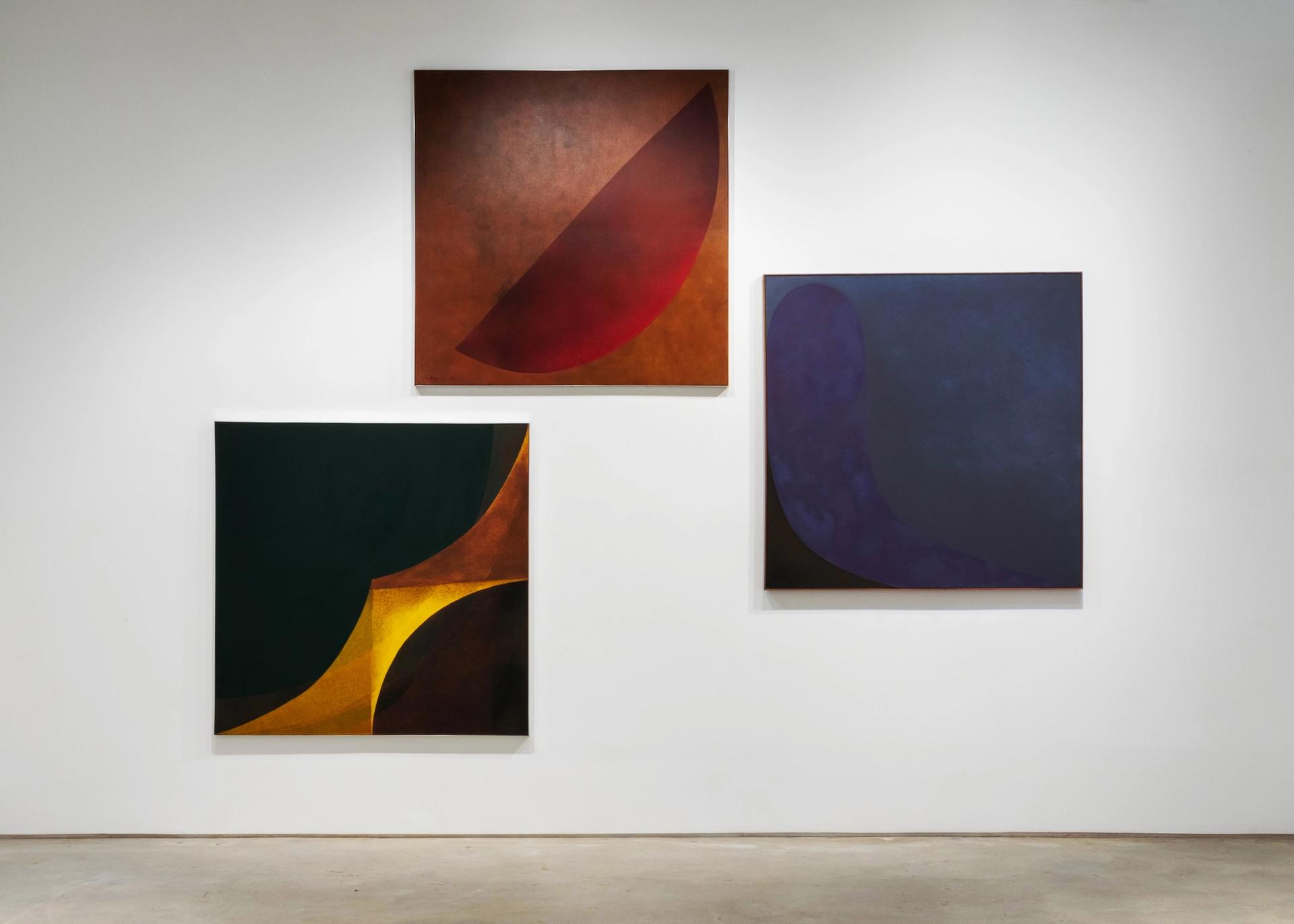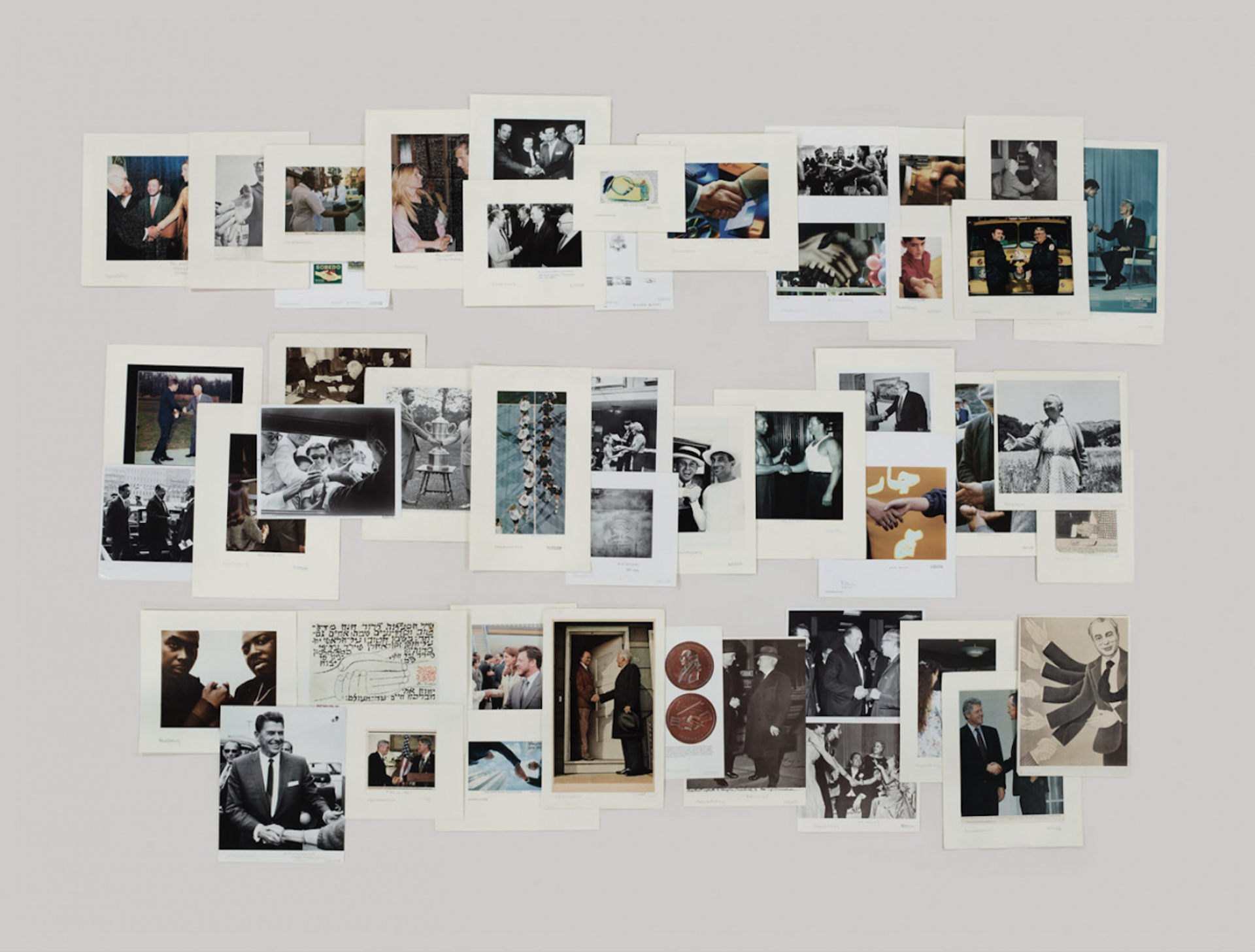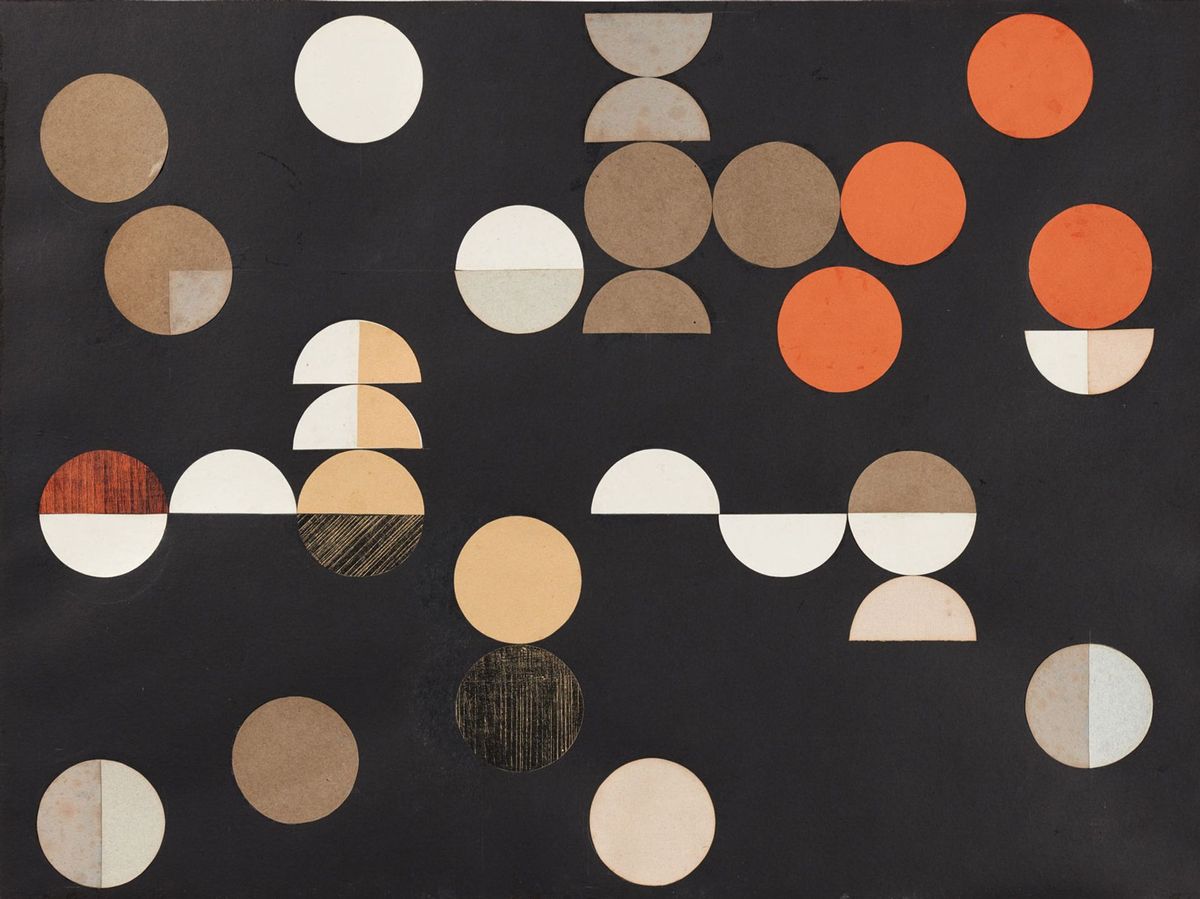Sophie Taeuber-Arp: Living Abstraction
Until 21 March 2022 at the Museum of Modern Art, 11 West 53rd Street, Manhattan
Sophie Taeuber-Arp’s acclaimed worldwide retrospective, shown previously at the Kunstmuseum Basel and the Tate Modern, comes to New York this week. The Swiss artist, understatedly described as a polymath, worked across innumerable media in her lifetime, from performance to abstract painting. Taeuber-Arp moved to Zürich in 1914 amid the First World War, where she became a central figure of the Cabaret Voltaire, alongside her husband, the German-French sculptor Jean (Hans) Arp, and artists including Tristan Tzara, Jean Cocteau and Marcel Duchamp. As the Dada movement dissolved in the mid-1920s, Taeuber-Arp divided her time between Strasbourg and Paris, where she cultivated her signature hard-edge style of painting and other facets of her practice. The show features around 400 works, including paintings, textiles, stained glass windows, relief sculptures and other pieces, from early architectural and interior design commissions to abstract line drawings she produced shortly before her accidental death from carbon monoxide poisoning in 1943.

Installation view of Tomie Ohtake: Visible Persistence at Nara Roesler, NY. Courtesy Nara Roesler. Photo: Jenny Gorman.
Tomie Ohtake: Visible Persistence
Until 23 December at Nara Roesler, 511 West 21st Street
The late Japanese-Brazilian artist Tomie Ohtake, a paramount figure of Brazilian Modernism, masterfully combined geometric abstraction with the syncretic spiritual experience of Buddhism, often populating her canvases with imposing shapes that evoke both the cosmos and earthly elements. This career-spanning exhibition, curated by Luis Pérez-Oramas, previously of the Museum of Modern Art, offers a mini-retrospective of her practice. It includes two paintings featured in Ohtake’s first major exhibition at the Museum of Modern Art in São Paulo in 1957, a landmark show that led to her inclusion in the 1961 São Paulo Biennial. Among other highlights, the show features paintings Ohtake made while blindfolded in the 1960s that stressed the “utmost physicality of perception, beyond any optical restraints”, Pérez-Oramas says, and also the lesser-known abstract sculptures she made later in her career that were equally visionary in colour and form.

Taryn Simon, Folder: Handshaking (2012). © Taryn Simon.
Taryn Simon: The Colour of a Flea’s Eye, The Picture Collection
Until 9 January 2022 at the New York Public Library, Stephen A. Schwarzman building, 476 Fifth Avenue, Manhattan
The New York Public Library is hosting an exhibition that both showcases Taryn Simon’s nine-year investigation into its Picture Collection and honours Romana Javitz, the artist-turned-librarian who cultivated the archive between 1929 and 1968. Javitz sought to build a visual repository of American life and grew the collection to more than six million images, indexing them with classifications including “pack animals”, “wind”, “transgenderism”, “handshakes” and other codes (the show draws its title for an unusual request for an image showing the “colour of a flea’s eye”). The exhibition explores the collection’s role in preserving works tied to the Farm Security Administration during the Depression, including works donated by photographers like Joseph Cornell and Dorothea Lange that told inconvenient truths about America and were never published—from the relocation of Indigenous people to deep poverty on the Western frontier. The two-part show, which premiered at Gagosian this summer, is an ode to the purity and serendipitous messiness of life before the digital age.


